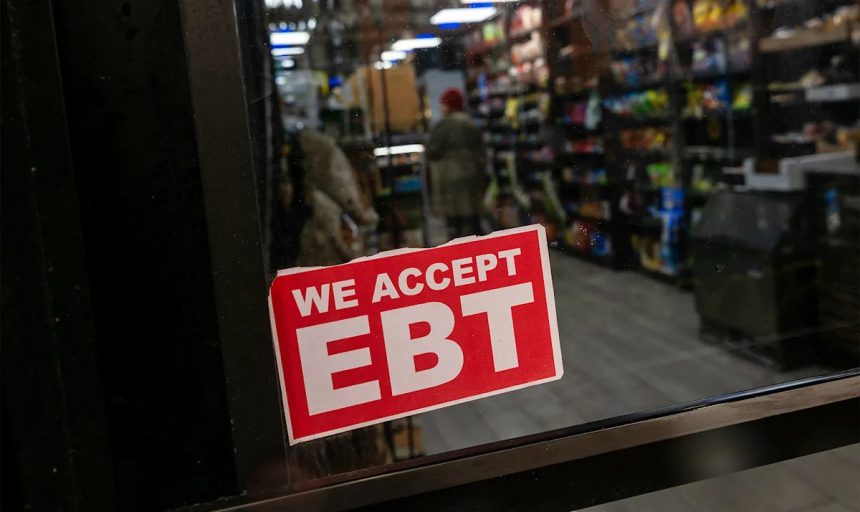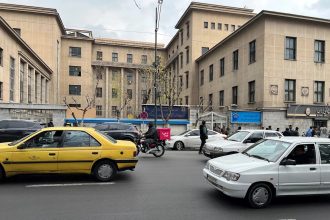The longest government shutdown in American history, which spanned 35 days, began nearly seven years ago, at roughly the midpoint of Donald Trump’s first term. As is always the case, the shutdown was a multifaceted mess at the time, but in late 2018 and early 2019, the Republican president continued to fund the Supplemental Nutrition Assistance Program, known as SNAP.
As the ongoing government shutdown continues and policymakers prepare to break the record for the nation’s longest shutdown, low-income families have confronted an additional hardship: The White House balked at keeping federal food aid going during the political standoff, despite apparent legal requirements.
That wasn’t supposed to be the plan. In September, as the shutdown deadline approached, Trump’s Agriculture Department pointed to a roughly $5 billion contingency fund that could pay benefits to struggling families, at least for a while.
On Friday, the president not only tried to blame his political opponents for the shutdown (an assessment most Americans reject), he also told reporters, “When you’re talking about SNAP, if you look, it’s largely Democrats. They’re hurting their own people.”
That didn’t make any sense. As a New York Times fact-check report explained, there is no data on the political affiliations of SNAP beneficiaries, but just as importantly, a great many of those who receive federal food aid are in red states.
The adversity imposed on those wondering how to put food on the table, in other words, transcends political and ideological lines, whether the president understands this or not.
As for the related legal fight, it was inevitable that the Republican administration’s decision to withhold food aid would lead to litigation — and the White House’s move did end up in court. It’s against this backdrop that NBC News reported:
The Trump administration said in court filings Monday that it would use contingency funds to provide partial SNAP benefits in November after a judge on Friday ordered the Department of Agriculture to disburse funding for the program. The administration said that it would use all $4.65 billion in contingency funds, which will cover about half of each eligible household’s benefits this month.
For struggling families facing scary conditions, the good news is that there will apparently be some relief, though there may be some logistical challenges in reopening the spigot that was closed over the weekend.
The bad news is that the relief will be temporary and meager: SNAP benefits were already modest (roughly one in eight people get an average of $187 a month per person in SNAP), and “partial” payments means additional hardships.
As a New York Times report noted, this means “many low-income families could once again be in dire straits in a matter of days or weeks.” Watch this space.
This article was originally published on MSNBC.com









